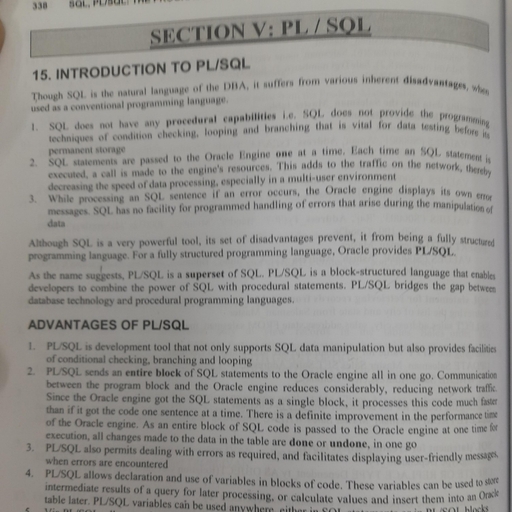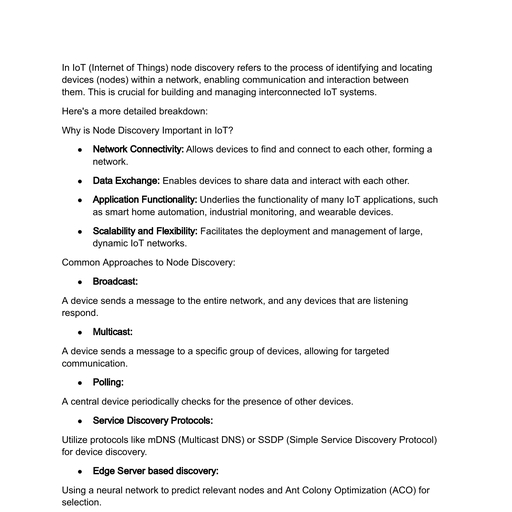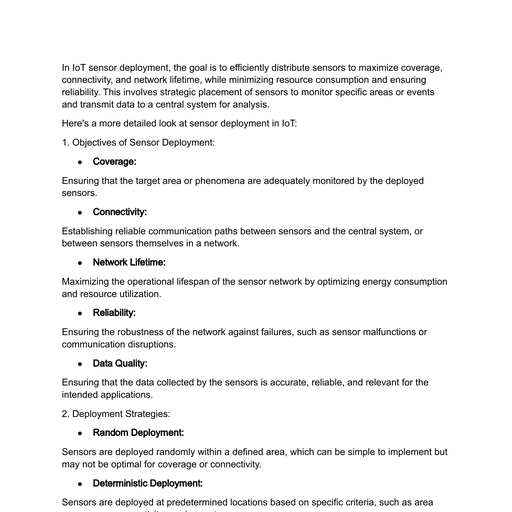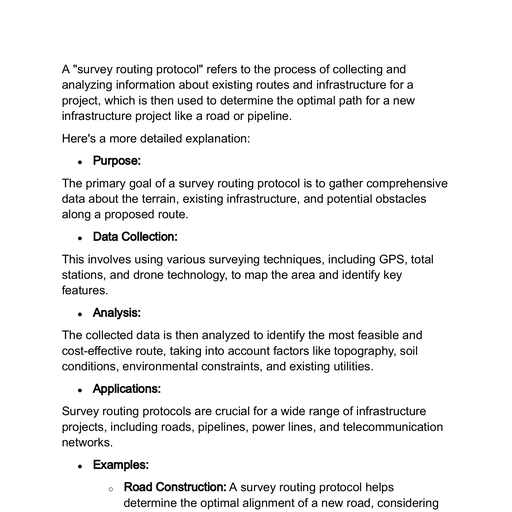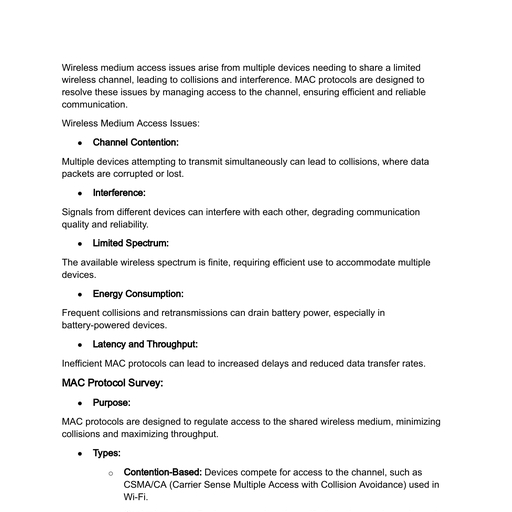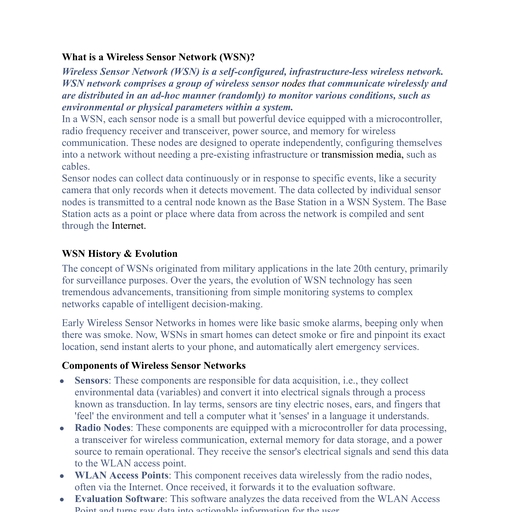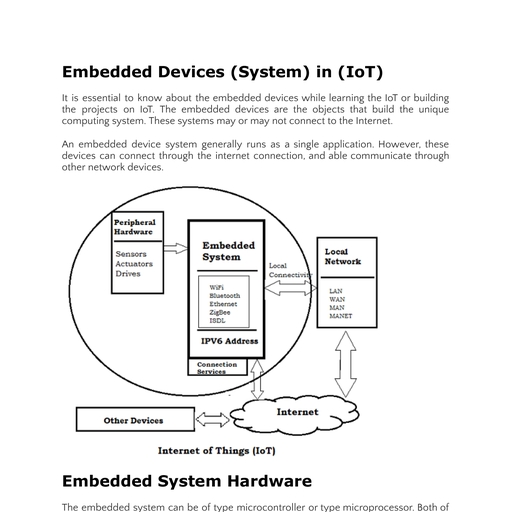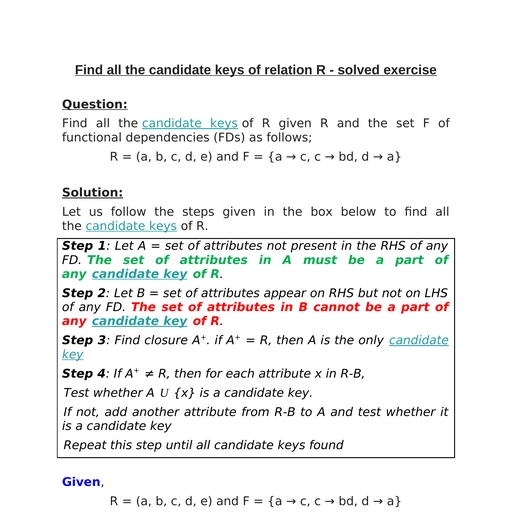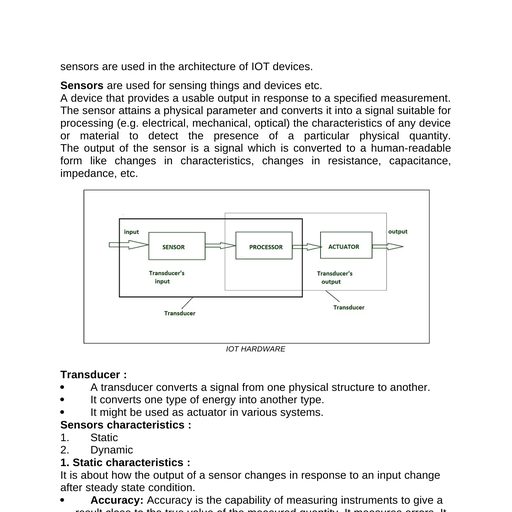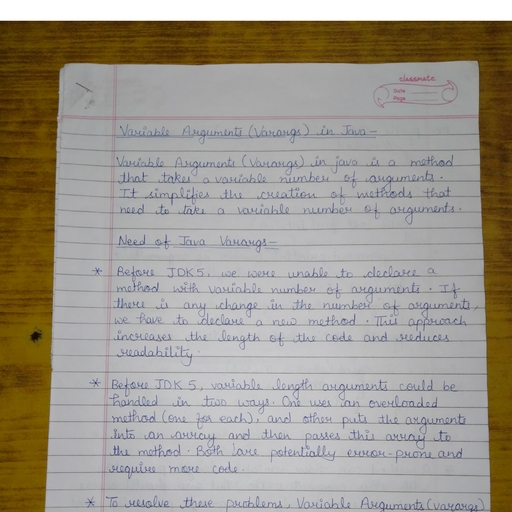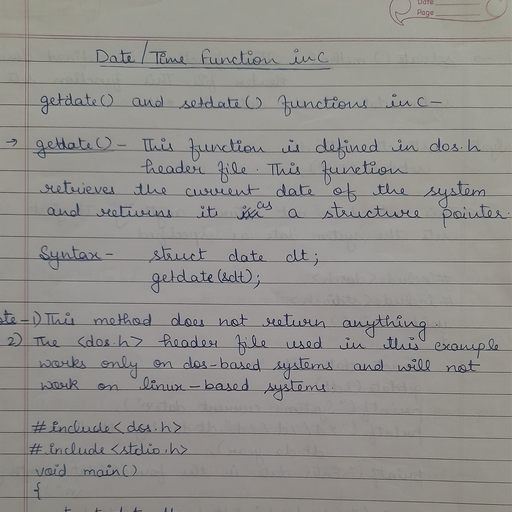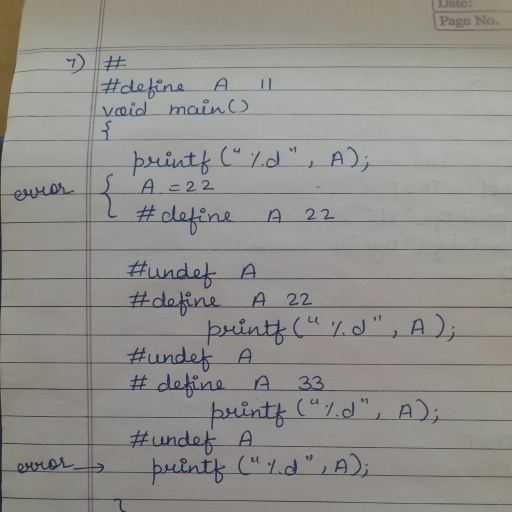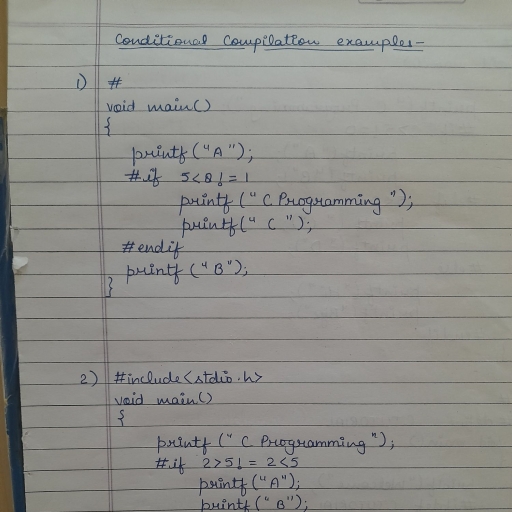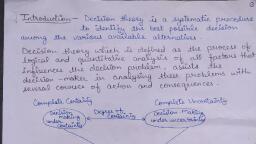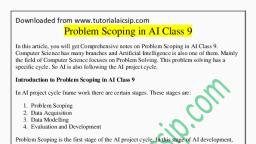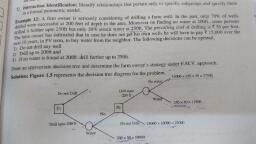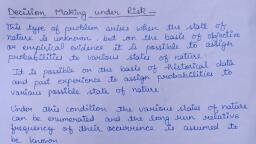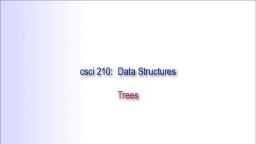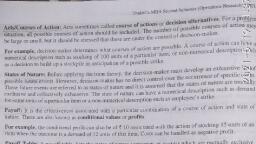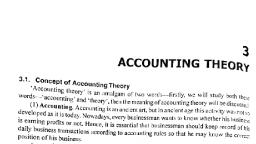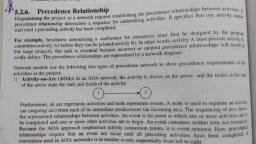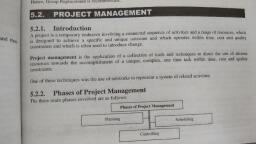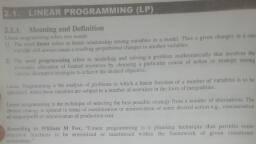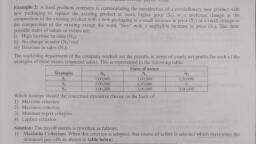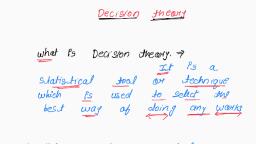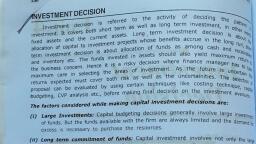Page 1 :
PI aN ae ys, , , , , , , , , , , , , , , , , , , , , , , , , , , , BU SS APPROACH, , , , troduction, tree is a graphic representation of the decision process indicating decision al, abilities attached to the states of nature and conditional benefits and losses., , ternatives, states 0 f, , n Tree’ is one of the devices of representing a diagrammatic presentation of sequential and multi, ional aspects of a particular decision problem for systematic analysis and evaluation., , ision free consists of nodes and branches. The nodes are two types, decision nodes and chance node. Courses, n (or strategies) originate from the decision nodes as the main branches. At the terminal of each main branch, a chance node. From these chance nodes, chance events emanate in the form of sub branches., , Tespective payoffs and the probabilities associated with alternative courses and the chances events are shown, the sub branches. At the terminal of the sub branches are shown the expected values of the outcome., , r example, the following figure 1.3 shows the decision tree. Here E,, Ad, Aa, A, are strategies E;, Ep, E; are events O11, O12, On, On, 4, O32 are outcomes., , , , n tree is very useful to a decision maker in multistage situations, involve a chain of decisions each dependent on the previous one., ; used in decision tree analysis is to work backward, , from right to left, computing the expected value of each, One then choose the particular branch leaving a decision, eads to the chance node with the highest expected value., s roll back or fold back process, >, , im, , s in Decision Tree Analysis
Page 2 :
Decision Tree Analysis, , ion tree analysis are Identify alternative courses of action, , mine the probability and the payoff associated, , , , e decision points and the, courses of action at each Detei, int systematically. ¥, event point determine the, and pay-offs associated, , 4, , , , Compute expected pay-offs, , y, , Choose the course of action i, , , , , , from the extreme right, , , , , , , , , , , , , , 2374, e the expected payoffs 2 y a, . L- each course of action g 8 sl, the course of action that yields a 3 Proceed backwards to the next stage of decision |, best pay-off for each of the pont, backwards to the next stage of Identify the course of attion to be adapted from the ;, beginning to the end under different possible, y e steps till the first decision , outcomes, y, , , , , , Implement the chosen alternative, , , , it possible outcomes Figure 1.4: Steps in Decision Tree Analysis, as a whole. : 2
Page 3 :
process and helps decision-making in an orderly, systematic and sequential manner. —, cision maker to examine all possible outcomes, whether desirable or undesirable., the decision-making process to others in an easy and clear manner, illustrating each, about the future., the logical relationship between the parts of a complex decision and identifies the, rious actions and subsequent events would occur., ially useful in situations where in the initial decision and its o', It can be applied in various fields such as introduction of a new product, marketing,, s, investment decisions, etc., , Disadvantages of Decision Tree, jon tree diagrams become more complicated as the number of decision alternatives increases and more, , s are introduced., ecomes highly complicated when interdependent alternatives ani, , time sequence, , uutcome affects the subsequent, make or buy, , d dependent variables are present in the ©, , ames that utility of money is linear with money., iyses the problem in terms of expected values an, is often inconsistency in assigning probabilities for different, events., , Applications of Decision Tree, 3 are some general uses of tree-based analysis:, Identify persons who are likely to be members of a particular class., , of several categories, such as high, medium, and low-risk groups., , d thus yields an ‘average’ valued solution., , n: Assign cases into one, Create rules and use them to predict future events, Prediction can also mean attempts to relate, , tributes to values of a continuous variable., yn and Variable Screening: Select a usefu, , a formal parametric model., itification: Identify relationships that pertain only to specific subgroups and specify these, , model., , | subset of predictors from a large set of variables
